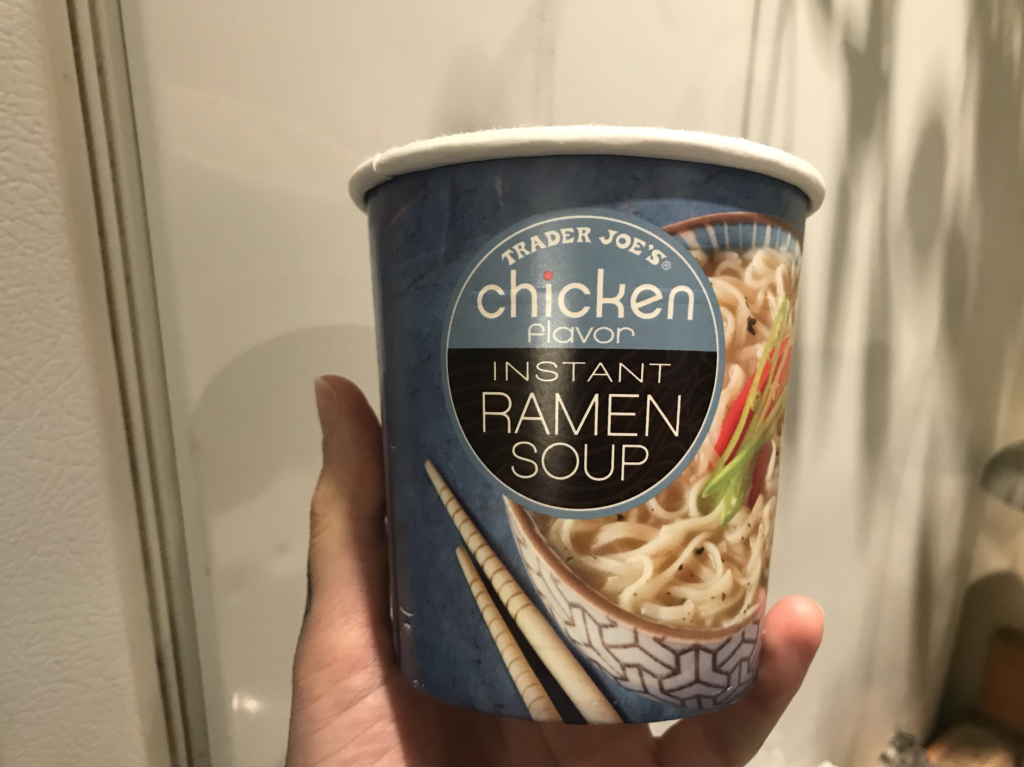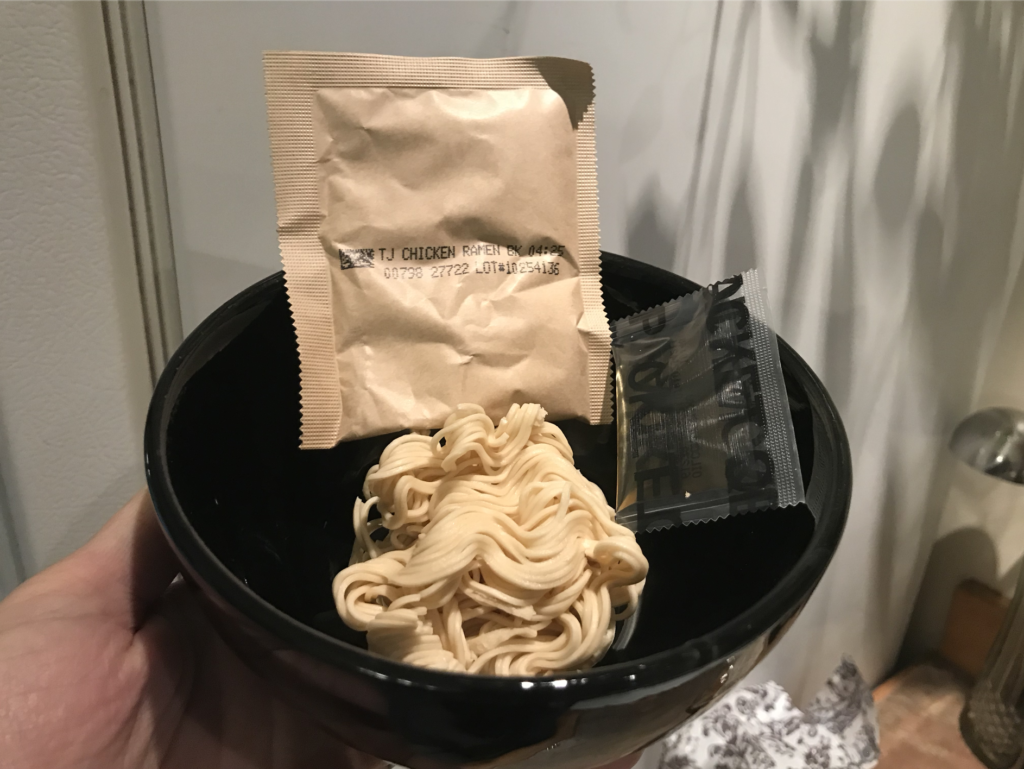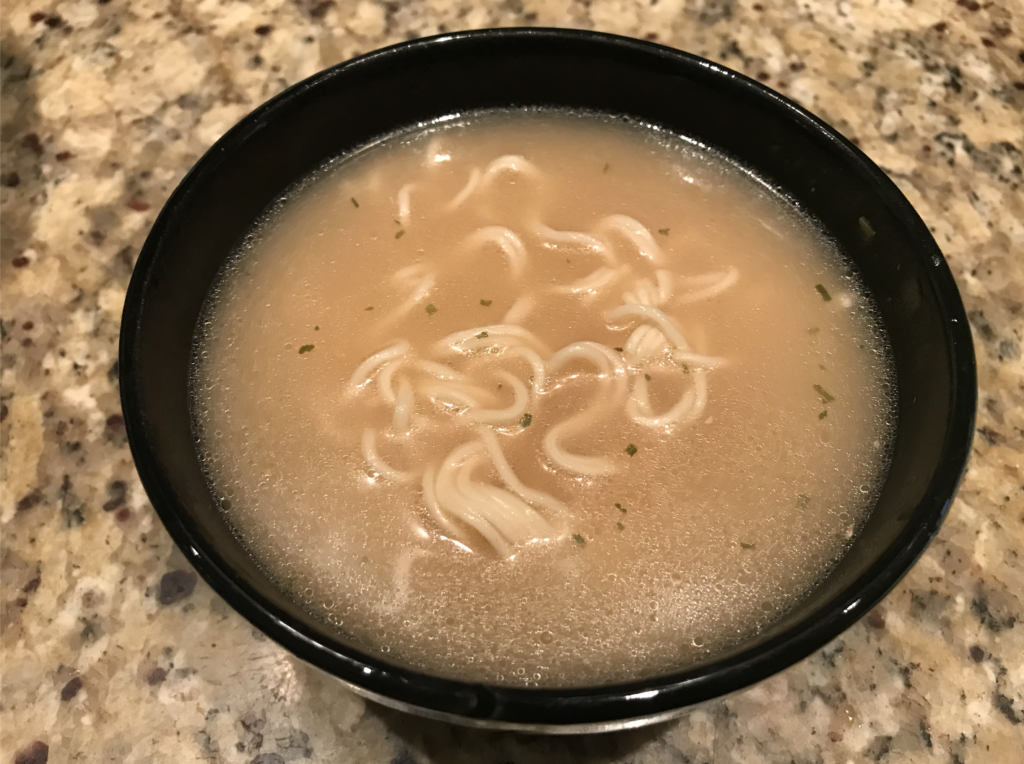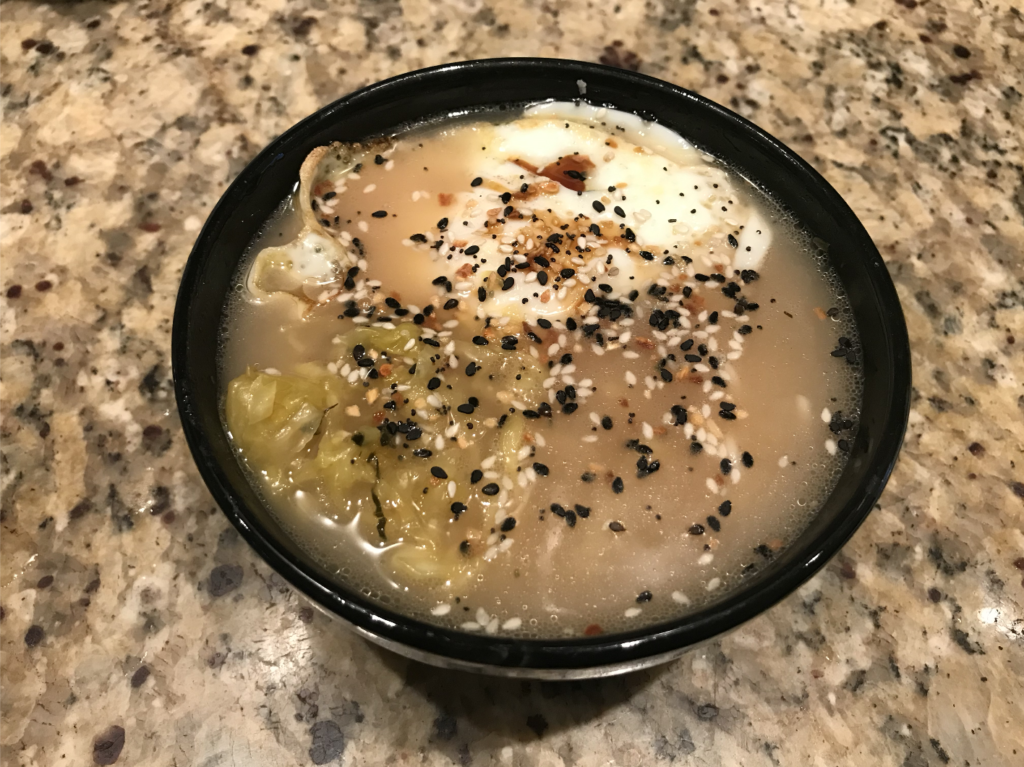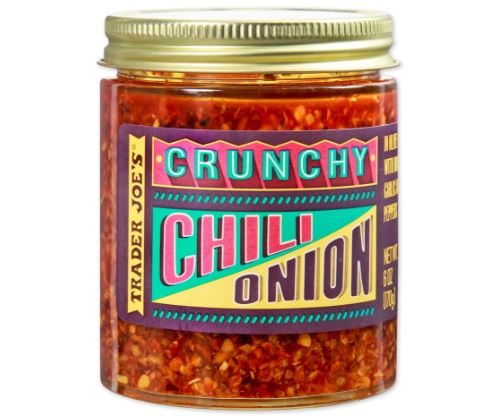Like so many American millennials, I grew up eating a hefty amount of Top Ramen. But as I got older, I discovered the real deal and have since become a huge fan of traditional Japanese shoyu ramen. Top it with a soft boiled egg and some steamed bamboo shoots and you have one of my all-time favorite meals.
I admittedly don’t eat much packaged ramen these days, but every once in a while it’s nice to have something fast and easy in the cabinet for those times when making lunch is just too much work.
So, on a recent trip to Trader Joe’s, I decided to grab a cup of their Chicken Flavor Instant Ramen Soup. This soup cup was priced at just $1.69 and was stocked in the dry foods aisle near the soy sauce and other Asian cuisine-inspired foods.
TJ’s also has two other ramen soup flavors available at the same price–miso and spicy miso.
Contents
Chicken Flavor Instant Ramen Soup
To me, the Chicken Flavor Instant Ramen Soup seemed like the closest analogue to the classic chicken flavor Top Ramen. So, it felt like a good place to start.
Below, I’ll go over the ingredients and nutrition, plus I’ll dive into my own experience preparing and eating this ramen, to determine whether it’s healthy and (most importantly) whether it’s any good.
Ingredients & Nutrition
The ingredients of this chicken-flavored ramen include ramen noodles (made from wheat flour), dried chicken broth, dried chicken fat, yeast extract, salt, natural flavors, potato starch, dried garlic, dried chicken, sugar, soy sauce powder, sea salt, dried green onion, dried onion, dried cabbage, shiitake mushroom powder, vegetable oil, and toasted sesame oil.
While this product is completely vegan, it is not gluten free. It also contains soy and sesame, which are known allergens.
Each cup of this ramen contains 180 calories from 5 grams of fat, 800 mg of sodium, 27 grams of carbs, 2 grams of sugar, and 8 grams of protein.
For a ramen cup that doesn’t actually contain any pieces of meat, it’s impressive that this ramen is as rich in protein as it is.
My only real concern about the nutritional value of this ramen is that it’s extremely high in sodium. However, this is to be expected from anything that contains soy sauce. (Most Japanese food is very sodium rich, but that doesn’t necessarily make it unhealthy.)
It’s also worth noting that with such low calories, this stuff won’t be as filling as a full meal, which should contain between 300 and 500 calories. These ramen cups are better thought of as snacks than meals.
Preparing The Ramen
When I first opened my ramen cup, I found a ball of dried ramen noodles, a dry seasoning packet, and an oil packet.
The instructions suggest preparing the ramen in the provided paper cup, but I decided to transfer everything to a bowl instead.
Following the directions, I emptied the seasoning packet and the oil packet into the bowl with the noodles, then covered everything with boiling water. The instructions say to “cover tightly” and let sit for about 6 minutes, so I just used a plate to cover the top of the bowl.
After 6 minutes, the instructions say to stir everything together until the seasoning is completely dissolved. I found that this was the perfect amount of time for the noodle to feel cooked through.
Here is what my ramen bowl looked like after I mixed everything together…
The Taste Test
I topped my ramen with some seaweed sauerkraut, a fried pasture-raised egg from Trader Joe’s, as well as some Trader Joe’s Everything But The Bagel Seasoning and Organic Coconut Aminos.
Here’s what the finished result looked like before I dug in…
A side not on DIY ramen hacks…
Ramen noodle cups are one of the easiest foods to hack. In fact, I’m somewhat convinced that at-home food “hacks” originated with spicing up Top Ramen packets back in the day. (Somebody prove me wrong?)
If you’re looking for some more TJ’s Ramen hacks, check out this one from Fond Bone Broth, or this one from Food Is A Four Letter Word.
To be honest, I didn’t have high hopes for this ramen, but I was pleasantly surprised!
The chicken flavor is rich, savory, and satisfying. In my experience, many packaged ramens make the mistake of either being too salty or too bland. But the flavor of this ramen hits the mark perfectly. I also didn’t feel distracted by the added “natural flavors,” which I was slightly worried about.
Final Words
Honestly, I think this might be some of the best packaged ramen I’ve tried.
My one complaint is that there could have been more noodles in the cup. When compared to Top Ramen or a comparable ramen brand, I’d say there are about half as many noodles in these TJ’s Ramen Cups. I also wish they were organic, but you can’t win ’em all, as they say.
Nevertheless, I will most likely buy these ramen cups again the next time I want something quick to stash in the cabinet. Especially at such a low price, these ramen cups are hard to pass up.

